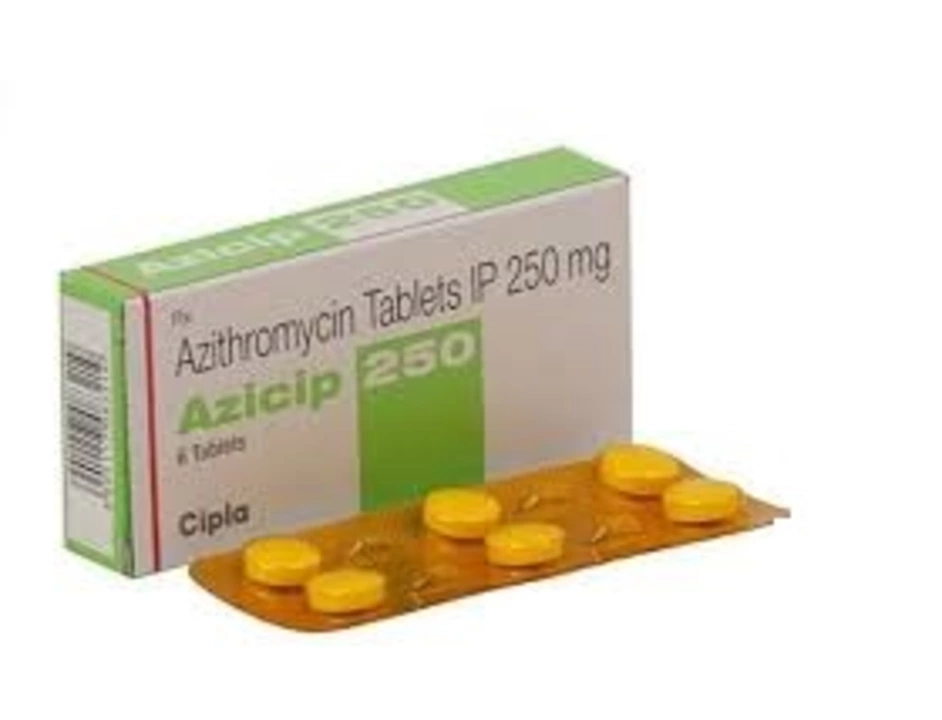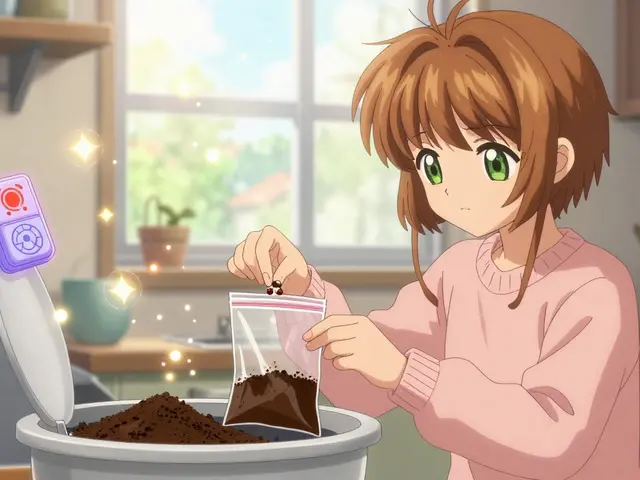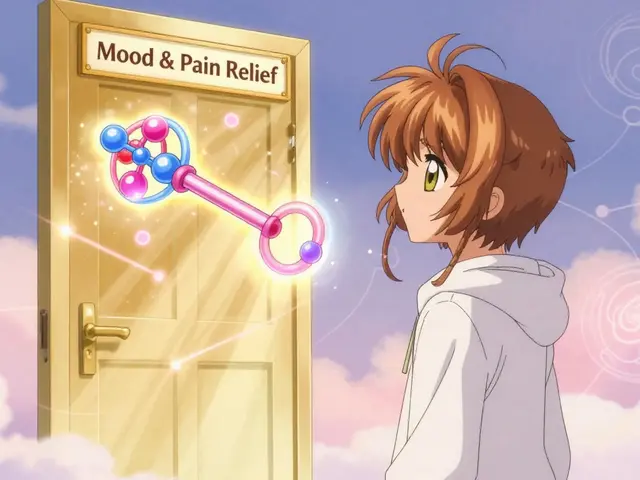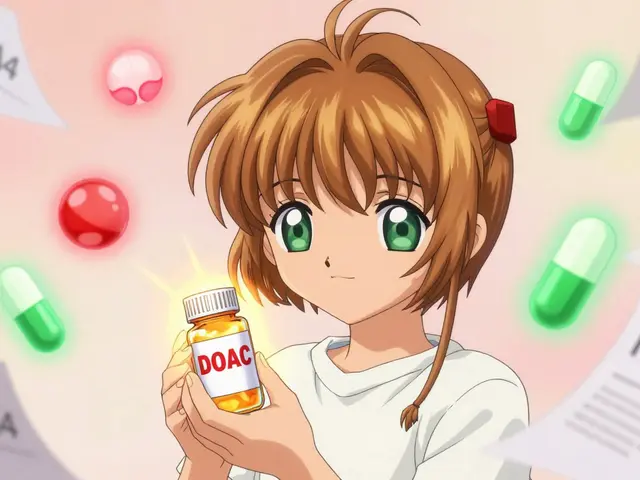Parents' Guide to Meds, Safety, and Everyday Health
Worried about choosing the right medicine or buying it online? You're not alone. As a parent, you want fast answers and clear steps that keep your child safe. This tag collects practical articles on buying meds, safe alternatives, side effects to watch for, and everyday health tips families can use now.
How to buy medications online without the guesswork
If you consider ordering medicine online, start by checking the pharmacy’s credentials. Look for a physical address, a licensed pharmacist contact, and clear return or privacy policies. Avoid sites that sell prescription drugs without asking for a prescription. Double-check the active ingredient and dose — different brand names can hide the same medicine at different strengths. When in doubt, call your doctor or your local pharmacy first.
Keep these quick rules in mind: only use pharmacies that accept verifiable prescriptions, read recent customer reviews, and compare prices across reputable stores. For sensitive meds—antidepressants, anticonvulsants, or controlled substances—ask your prescriber about safe sourcing and whether a mail-order option tied to your clinic is available.
Practical tips for everyday medication safety at home
Store medicines in a locked or high cabinet away from kids and pets. Keep original labels so you always know the dose and expiry date. Use a pill organizer only with clear instructions and double-check each compartment weekly. If your child reacts oddly after a new drug—severe rash, difficulty breathing, fainting, or sudden mood changes—seek emergency care and keep the medication container to show the clinician.
Be aware of common side effects that matter at home: tiredness with some blood pressure drugs, skin sensitivity with certain acne or topical meds, or stomach upset from antibiotics. If a medicine makes daily life worse, call your provider—there are often safer alternatives or dosage tweaks. For mental health meds, watch for changes in sleep, appetite, and behavior and report them promptly.
This tag also covers non-medication strategies parents use every day: preventing community infections by improving hand hygiene, managing rosacea triggers like heat, and travel tips for avoiding heartburn on the go. You’ll find guides that compare drugs (what to expect, side effects, and costs), explain when to seek a specialist, and suggest affordable options when prescription costs spike.
Use these articles as a starting point, not a final prescription. Every child is different—age, weight, allergies, and other drugs matter. Read specific posts linked from this page for details on a medicine, or contact your healthcare provider for tailored advice. If you need help finding a trustworthy pharmacy or understanding a medication label, reach out and we’ll point you to reliable resources.
Got a specific question about a drug or a symptom? Click the article that matches your concern or use our contact page to get in touch with BlinkHealth for more guidance.
Azithromycin for children: what parents need to know
As a parent, it's important to know about the common antibiotic, Azithromycin, often prescribed for children. This medication is used to treat a variety of bacterial infections, such as ear infections, pneumonia, and strep throat. It's crucial to administer the correct dosage as directed by your child's doctor and complete the entire course to ensure the effectiveness of the treatment. Be aware of potential side effects like stomach upset, diarrhea, and allergic reactions. Always consult with your pediatrician if you have any concerns or questions about your child's medication.






